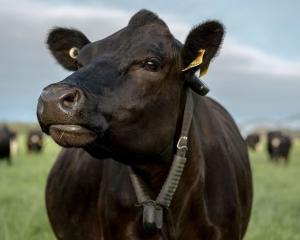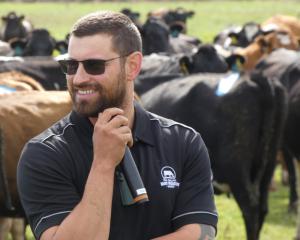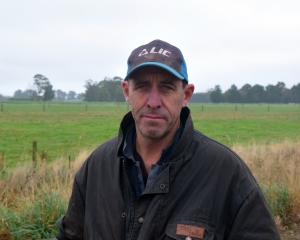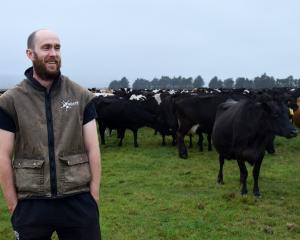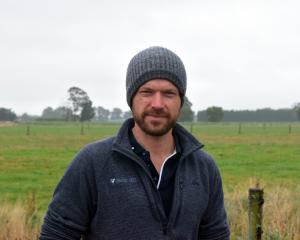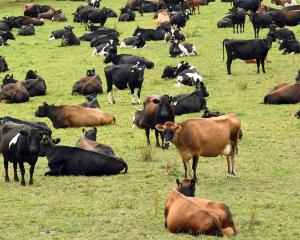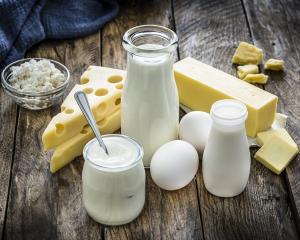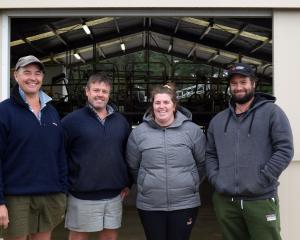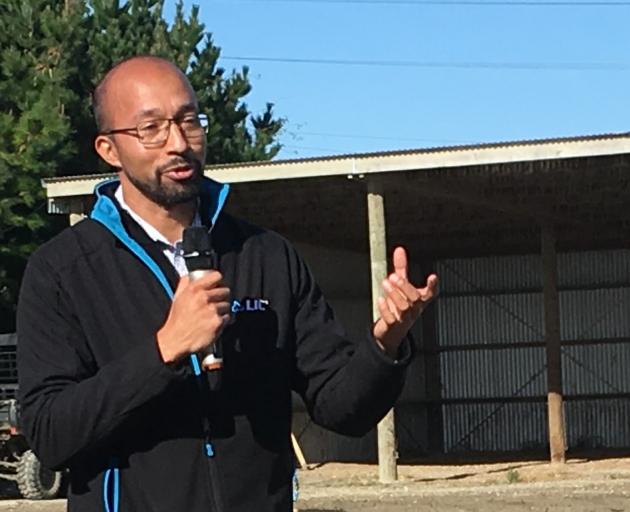
Speaking at the farm's autumn focus day on May 7, Livestock Improvement (LIC) reproduction solutions adviser Jair Mandriaza said the farm's six-week in calf rate had improved by 3% to 66% which was on a par with other Canterbury farms.
But the overall not in calf rate climbed to 19%, 4% higher than last season, by the end of the mating period, which was started a week earlier and went for 11 weeks instead of 10.
''A change in mating period has a big impact on the not in calf rate,'' Mr Mandriaza said.
The key was the better six-week in calf rate, rather than the overall result, as getting cows pregnant later was a challenge.
After some disappointing six week in calf rates in recent years, the farm's management team had monitored this season's mating closely and has been working in with LIC in a bid to get a better outcome.
''Last year's poor mating performance meant that the calving pattern was always going to be a challenge for this season's mating,'' Mr Mandriaza said.
''Added to that, the decision to bring mating forward by one week also had an impact on the mating results of the herd as we effectively took time away from the cows to recover.
''Lincoln seems to improve performance even when putting more pressure on the system, but I wouldn't recommend it.''
Mr Mandriaza said LIC's fertility focus report identified that late calvers were likely to have a negative impact on in calf rates.
Early calving cows, which totalled 260 cows or 47% of the herd, performed well, with 57% in calf after three weeks and 76% in calf after six weeks and just 12% not in calf after 11 weeks.
This compared to the ''very late calvers'', which totalled 46 cows or 8% of the herd, with just 7% in calf after three weeks and 33% in calf after six weeks and 52% not in calf after 11 weeks.
Beginning mating a week earlier could result in extra costs, so farmers needed to consider carefully before making the change.
-By David Hill



